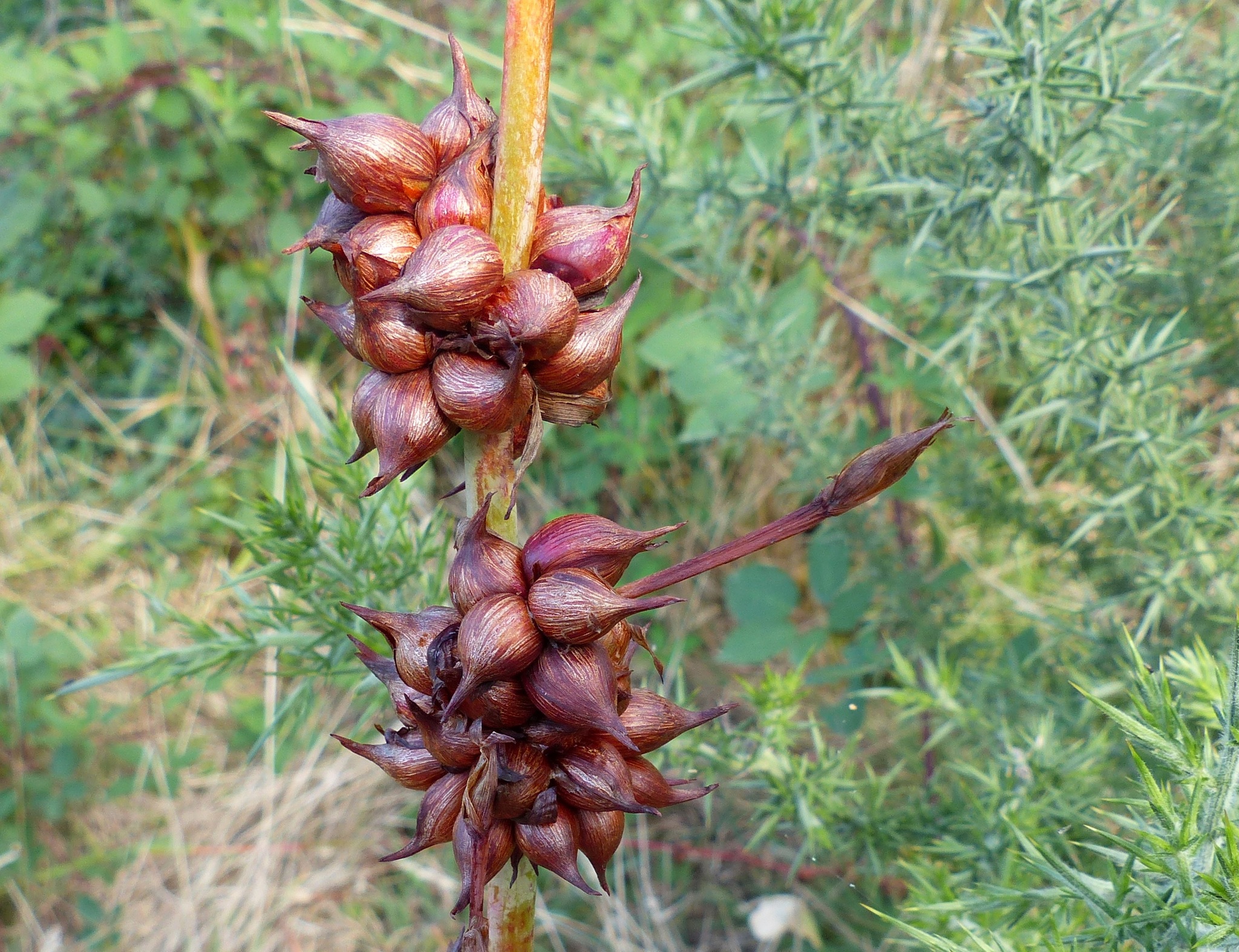
Commemorating Sir William Watson, English botanist (1715–1787).
Large perennial herbs. Corm depressed globose with coarsely fibrous tunic. Leaves sword-shaped, fibrous, with midvein, usually absent in summer. Spike 2-sided, erect. Spathes acute to obtuse. Flowers radially or bilaterally symmetrical, scentless. Perianth tube bent, slender below, widened above; segments slightly unequal in length. Style branches 3, linear, each divided into two, stigmas 6 or more. Capsule smooth, woody, cylindrical to globose. Seeds oblong, angular to winged.
52 species in southern Africa.
Offsets or division.
Tough fibrous leaves; erect spike of tubular flowers; six stigmas.
Goldblatt (1989), Cooke (1998, 2002).
Many cultivars bred by John Cronin at the Royal Botanic Gardens were released in the 1920s and named after Australian towns and cities. They were all spring flowering, with colours ranging from white to deep magenta or orange; several still exist although their names have been lost.
Source: (2005). Iridaceae. In: . Horticultural Flora of South-eastern Australia. Volume 5. Flowering plants. Monocotyledons. The identification of garden and cultivated plants. University of New South Wales Press.
